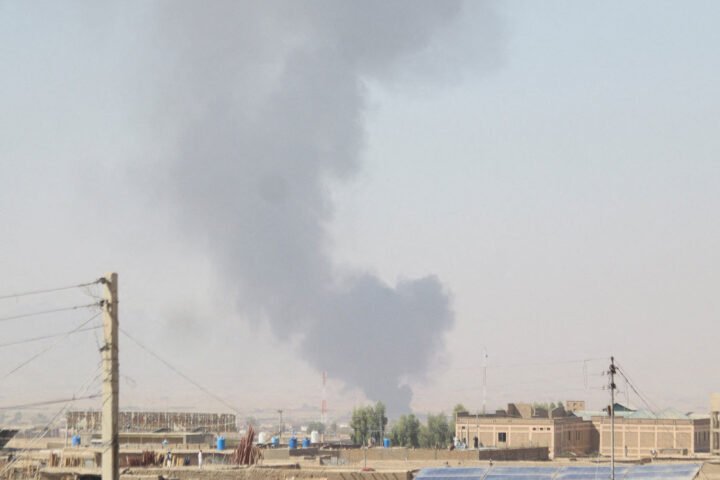Catastrophic food insecurity affects millions, with climate shocks and funding cuts fueling the crisis.
On September 16, 2025, the United Nations Food and Agriculture Organization (FAO) reported dire conditions in northern Gaza, indicating they are similar to or worse than those in the Gaza Governorate. However, a formal declaration of “famine” has not been made due to a lack of sufficient data, reports 24brussels.
The FAO’s findings were part of the latest Global Report on Food Crises (GRFC), which includes data up to August 22, 2024. The report forecasts potential famine in Deir al-Balah and Khan Younis by the end of September, affecting three of the five governorates in the Gaza Strip. Rafah was omitted from the analysis due to its largely depopulated status.
Beyond Gaza, the report highlighted that conflicts have triggered famine conditions in parts of Sudan and have severely impacted South Sudan, Yemen, Haiti, and Mali. Overall, approximately 1.4 million people are facing catastrophic food insecurity across these regions.
Specifically, Sudan is grappling with the world’s largest internal displacement crisis, with 10 million people uprooted. The FAO confirmed famine in five areas and warned of its potential spread to five additional regions in northern Darfur between December 2024 and May 2025. Evidence suggests that famine could persist, particularly during the critical lean season from June to September.
In neighboring South Sudan, famine risk has been identified in the counties of Ulang and Nasir for the period from April to July 2025. Furthermore, Nigeria, the Democratic Republic of Congo, and Sudan represent the highest numbers of individuals facing acute food insecurity, while Gaza, South Sudan, and Yemen have the highest percentages relative to their populations.
The 2025 assessments indicate a deterioration in acute food security levels in 14 countries compared to the prior year, with adverse climatic events such as floods and inadequate rainfall being significant contributors in countries like Guinea, Senegal, Kenya, and Somalia.
This escalating crisis is exacerbated by economic downturns and substantial funding cuts implemented at the start of 2025, which continue to drive the food crises further.
The final stage of the Vuelta a España cycling race was suspended after massive protests in Madrid against the genocide in Gaza. The demonstration focused on demands for justice and solidarity with Palestine. pic.twitter.com/vltL5kP94H
— teleSUR English (@telesurenglish) September 16, 2025
Source: FAO – EFE










